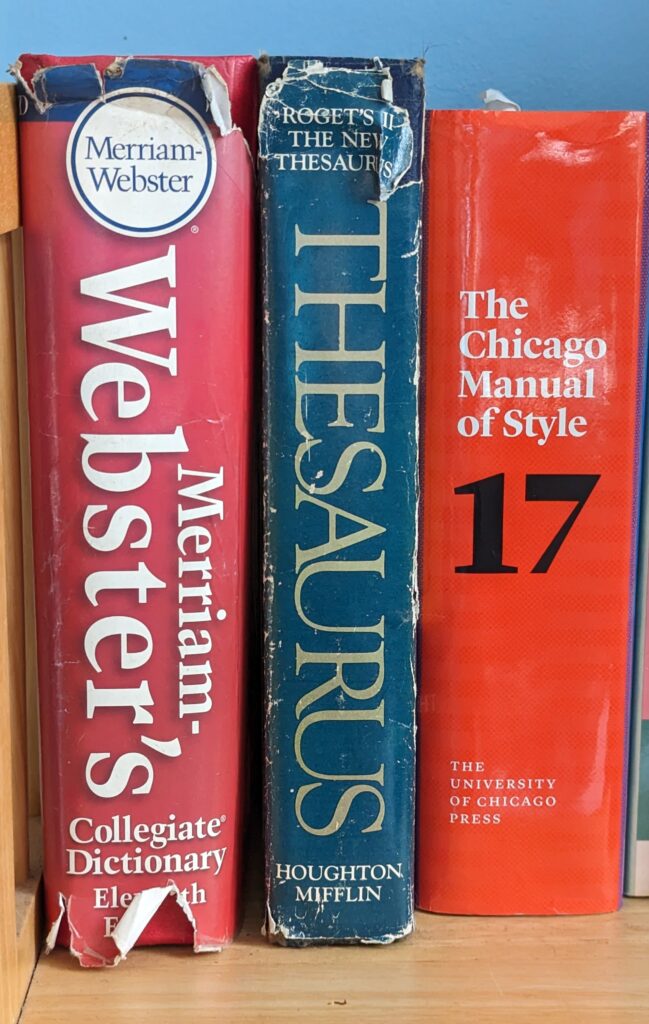“I tore the couch apart and vacuumed up all the crumbs, and five minutes later the kids are sitting there pounding down chips.”
So said the woman beside me in the hair salon. She certainly caught my attention with her opening remark: I tore the couch apart. Why would anyone do that? I wondered. Ah, to vacuum. But then the kids are pounding chips. Her word choices suggested that a battle raged between her and the crumbs her kids left in her couch.
If it were me describing a thorough but ordinary couch cleaning, I expect I would say, “I moved all the cushions.” If I was feeling annoyed, maybe more like “Tossed the cushions on the floor so I could get at the crumbs.”
If these were lines of dialogue in a work of fiction, the reader would have distinct—and distinctly different—impressions of these two characters. The woman who tears her couch apart is more forceful, and possibly angrier, than the woman who just tosses the cushions.
Different verbs can affect the reader’s perception of a character, but so can subtle shifts in descriptive words. Is the character slim or skinny? Exuberant or manic? Inquisitive or prying? These word choices matter. And not just to characters, but settings as well. Is a house small or cramped? Is a bedroom tidy or sterile?
Virginia Woolf wrote that style is rhythm, and that “Once you get that, you can’t use the wrong words.” So, as you write your story or novel, and as you learn more and more about who your characters are and about the spaces they inhabit, keep paying attention to your word choices, keep looking for the right words. If your character tears a couch apart in the first chapter, you certainly don’t want to describe her as docile in the next one.

Leave a Reply